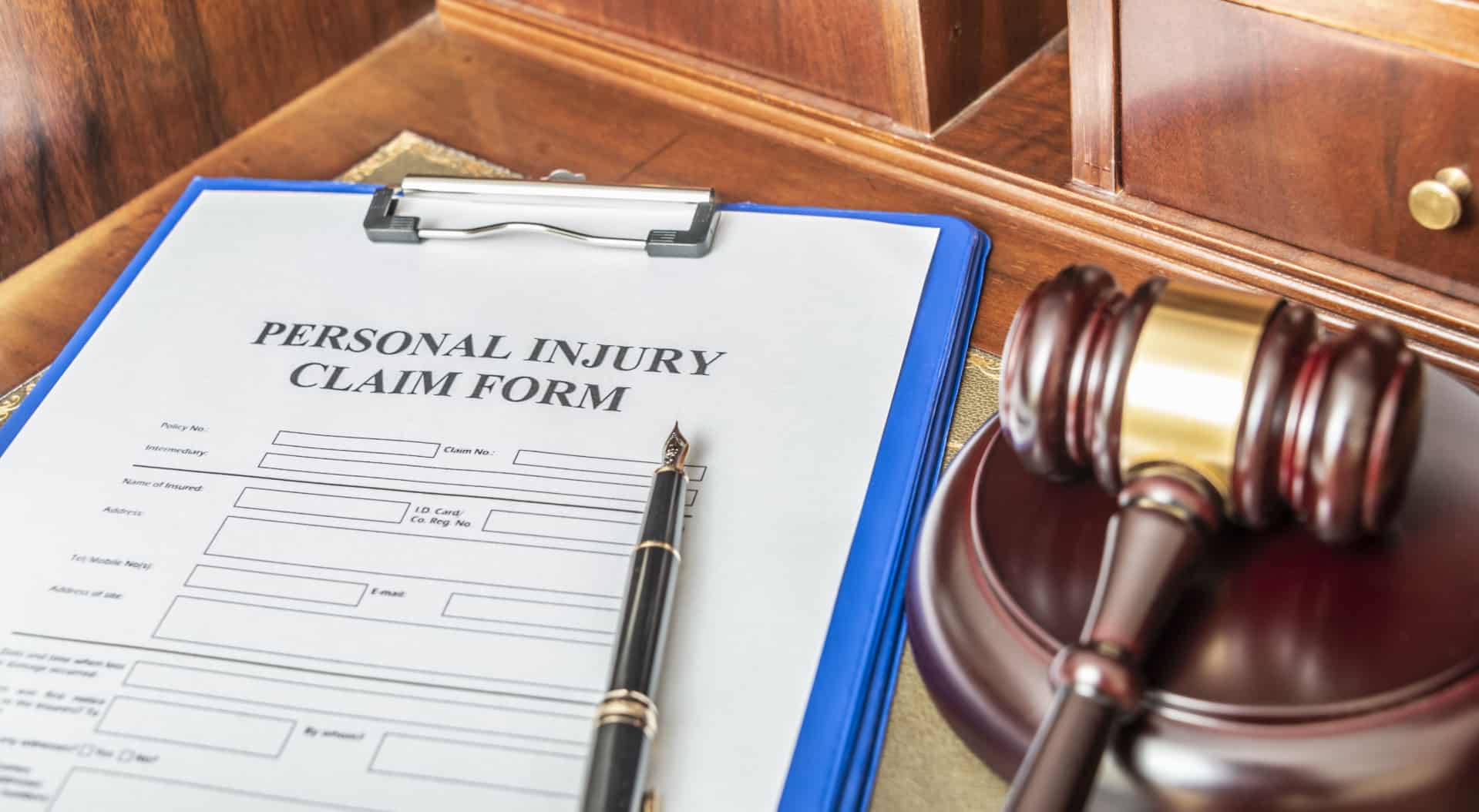
Compensation Claims
We provide comprehensive information about the compensation claims process, helping you understand your legal rights and ensure you pursue the compensation you deserve.

Personal Injury Guidance
Our resources offer detailed insights into personal injury cases, equipping you with the knowledge you need to tackle your unique circumstances effectively.

Abuse Compensation
We offer specialized guidance on abuse compensation claims, supporting individuals in understanding their rights and options in seeking justice.




Our Blog
Conveyancing Services: What You Need to Know Before Buying Property in Sydney
Buying property is one of the most significant investments you can make, especially in a…
Why You Need a Building Lawyer for Your Residential Construction Project
Embarking on a residential construction project is an exciting venture, but it comes with its…
A Complete Guide to Personal Injury Claims and Compensation in Australia
Accidents and injuries can turn life upside down, impacting your physical health, emotional well-being, and…
Understanding Abuse Compensation in Australia: Your Rights and Legal Options
Victims of abuse face significant emotional, physical, and financial challenges. While no monetary compensation can…




